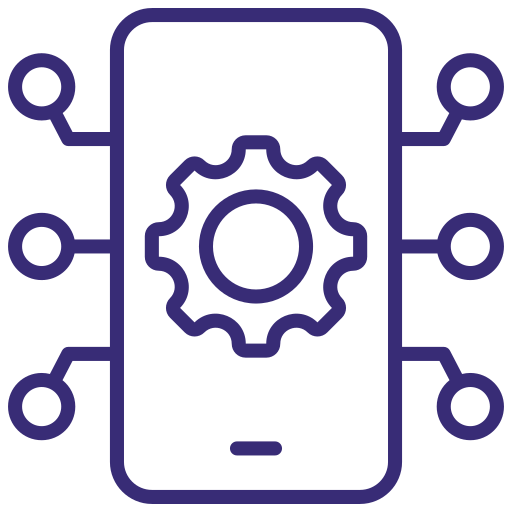White label
POS Machine Solution
Take control of your in-store payments with our POS Machine solutions. Haodatech’s POS systems are designed for both retail and hospitality industries, ensuring fast transactions, inventory management, and seamless integration with online stores.
Key Features:
- Mobile and desktop POS devices
- Real-time inventory tracking and management
- Integration with e-commerce for unified sales reporting
- Multi-terminal support for different locations
- Custom receipt printing and data tracking

Advantages of a White-Label POS Machine
Quick Deployment
White-label POS (Point of Sale) machines are pre-configured and ready to be customized, allowing businesses to quickly set up and start accepting payments with minimal effort.

Pre-Integrated Payment Solutions
White-label POS machines come pre-integrated with popular payment methods (credit/debit cards, mobile payments, and digital wallets), simplifying the setup process and ensuring compatibility with various payment providers.

Cost Efficiency
Adopting a white-label POS solution is more affordable than developing a custom solution from scratch, reducing initial costs while providing access to advanced payment processing technology.

Real-Time Data and Analytics: These
Devices often include real-time data reporting and analytics tools, allowing businesses to track sales, inventory, and customer behavior for informed decision-making.
Branding Flexibility
The POS machines can be fully customized with your brand’s logo, colors, and interface design, providing a consistent brand experience across all customer touchpoints.

Ongoing Support and Updates
White-label POS providers typically offer ongoing technical support, software updates, and maintenance, ensuring that the system remains secure, functional, and up-to-date.
Reasons How White-Label POS Machines Help Businesses
Enhanced Customer Experience
Custom-branded POS machines create a seamless and familiar checkout experience, enhancing customer satisfaction and fostering brand loyalty.
Streamlined Operations
Digital payment processors implement advanced security measures to detect and prevent fraud, manage chargebacks, and minimize risk in every transaction.
Scalability for Business Growth
As businesses expand, white-label POS systems can easily scale to support more locations, additional payment methods, and higher transaction volumes.
Multi-Channel Payment Acceptance
These devices support various payment methods (e.g., contactless, chip and pin, mobile wallets), enabling businesses to cater to diverse customer preferences and enhance sales opportunities.
Integration with Existing Systems
White-label POS solutions can integrate with existing business tools, such as accounting software, CRM, and inventory
Data Security and Compliance
White-label POS machines often come with built-in security features, including end-to-end encryption and compliance with standards like PCI DSS, ensuring secure payment processing and protecting customer data.
Technologies Used in White-Label POS Machines

Operating Systems
Many white-label POS machines use Android or proprietary operating systems tailored for point-of-sale applications, offering flexibility and ease of use.

Security Protocols
End-to-end encryption, tokenization, and compliance with PCI DSS standards to ensure data security and protect against fraud.

Peripheral Integration:
Ability to connect with peripheral devices like barcode scanners, printers, cash drawers, and customer displays to enhance functionality and improve the checkout process.

Payment Processing Software
Software that handles payment transactions, integrates with various payment gateways (like Visa, Mastercard, PayPal, etc.), and ensures secure transaction handling.

Secure Hardware Components
Secure card readers, NFC (Near Field Communication) modules for contactless payments, and EMV chip readers to process various types of cards and digital payments.

Cloud Integration
POS machines often connect to cloud-based platforms to provide real-time data syncing, backup, and access to centralized reporting and analytics.
